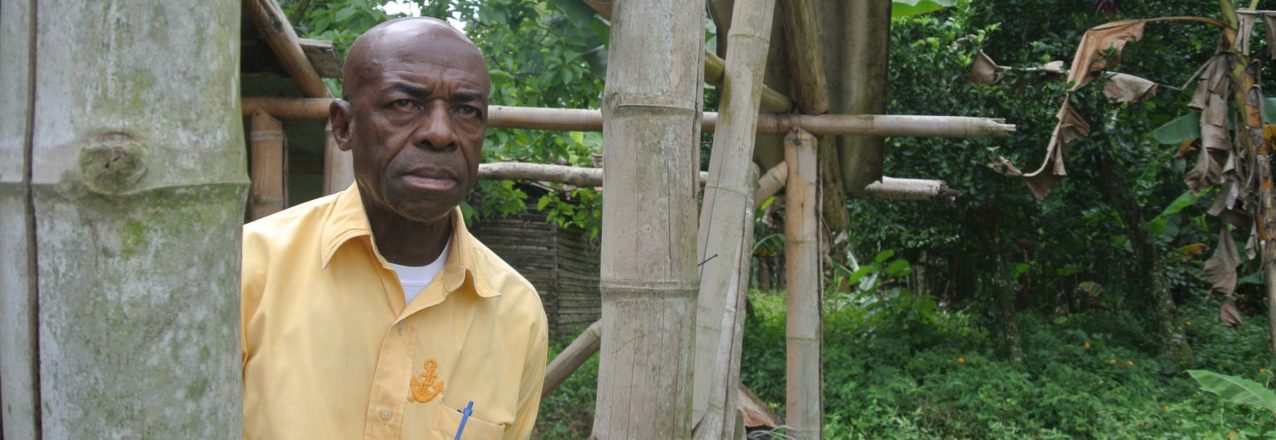A conflict-affected community of 1,300 residents in Northern Cauca is improving its well-being through a restitution ruling and support from the municipal government.
IN A PARAMILITARY JAIL
In the village of Lomitas, a rural area of the municipality of Santander de Quilichao, paramilitary groups were especially ruthless with residents. Most of the village’s 1,300 inhabitants were Afro-descendants making a living by growing fruits and vegetables on farms. It was a peaceful and self-sufficient community.
In 2000, the paramilitary group United Self-Defenders of Colombia began using the village as a base, displacing many people from their lands and setting up training camps in their place. The paramilitary group used Lomitas’s community center as an interrogation and torture room for people accused of being guerrilla infiltrators. For years, the village was the site of barbarous acts.
“Our town was used as a jail. Here, they tortured people from other municipalities until they would confess. Then, they would kill them and throw them in the Cauca river. You could hear the screams of people crying for help. Every day, you could find dead bodies along the river’s edge,” explains Lorenzo Mosquera, a community leader from Lomitas.
The community tried to resist. However, as the situation grew increasingly worse, many left their lands and sought refuge in the homes of relatives or even in other countries. With heavy hearts, Lorenzo Mosquera and his family of 23 contacted the Brazilian government, which offered them asylum.
But Mosquera never lost contact with his neighbors from Lomitas, and in 2008, after living in Brazil for three years, a yearning for his land and his roots made Lorenzo return to Lomitas. Upon arrival, he was surprised to see that his land parcel and that of his relatives had been overrun by others who were now growing sugarcane there.
Eighty percent of Lomita’s lands remained in the hands of four or five companies that entered the area through intermediaries offering low prices to campesinos desperate to leave. These companies also cultivated lands that were supposedly abandoned. In addition, the electricity company dismantled the electricity network without the community’s authorization.
“We felt invaded and trampled on. These business transactions were a type of legal displacement. Here, there didn’t use to be sugarcane—we lived on sustainable farms that produced food,” Mosquera explains.
In 2012, with the support of the Land Restitution Unit, Lorenzo began the fight to recover his land. Finally, in 2015, a restitution judge issued a ruling in favor of Lorenzo and five other families. The ruling orders several reparation measures that seek to benefit the community as a whole and states that these measures should be implemented by the municipality and other government entities. Since then, another 22 restitution sentences have been issued for other families in Lomitas.


